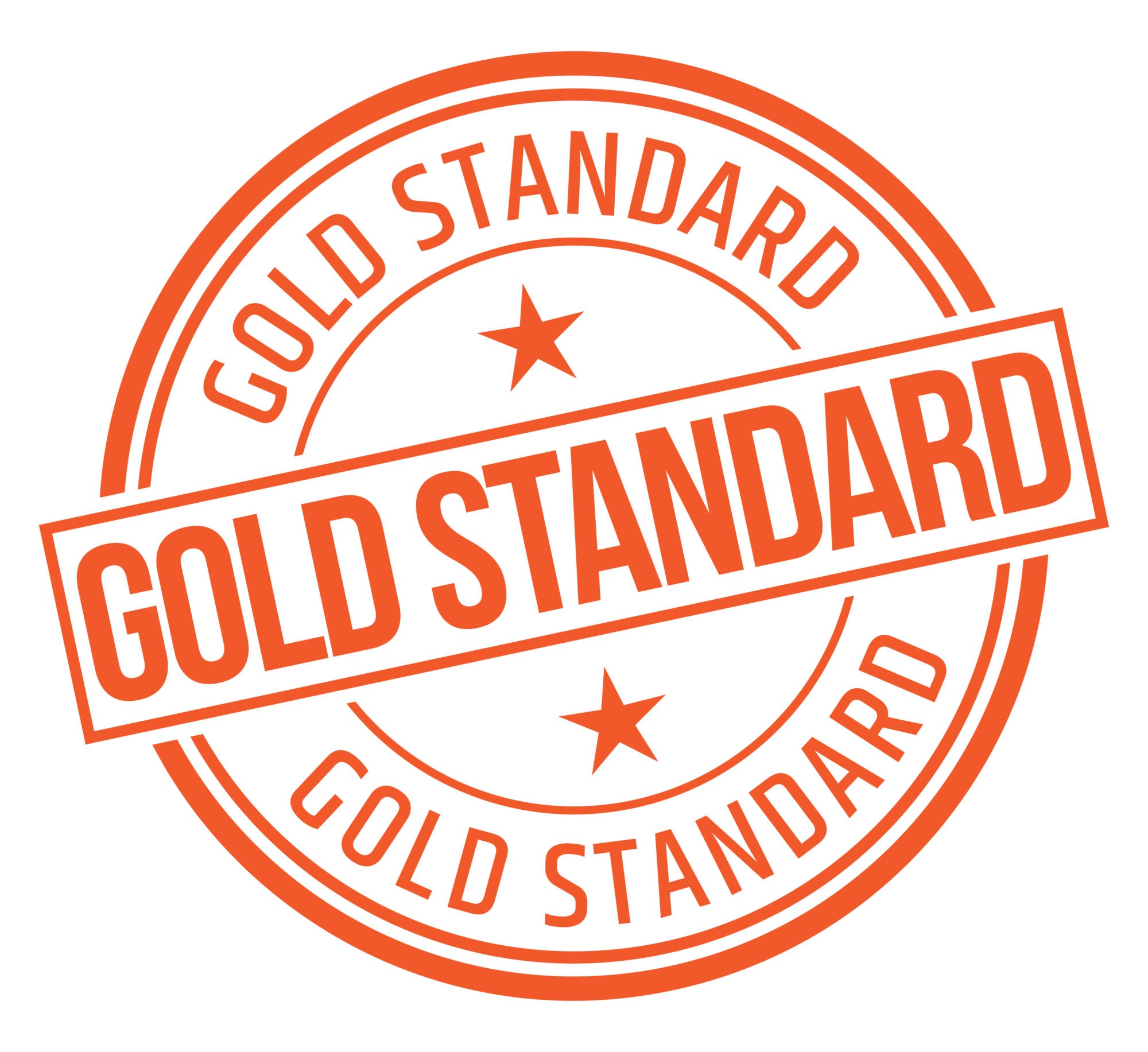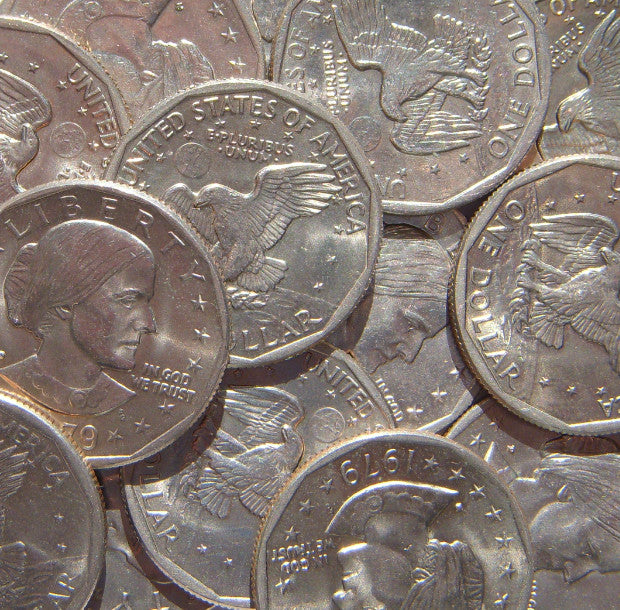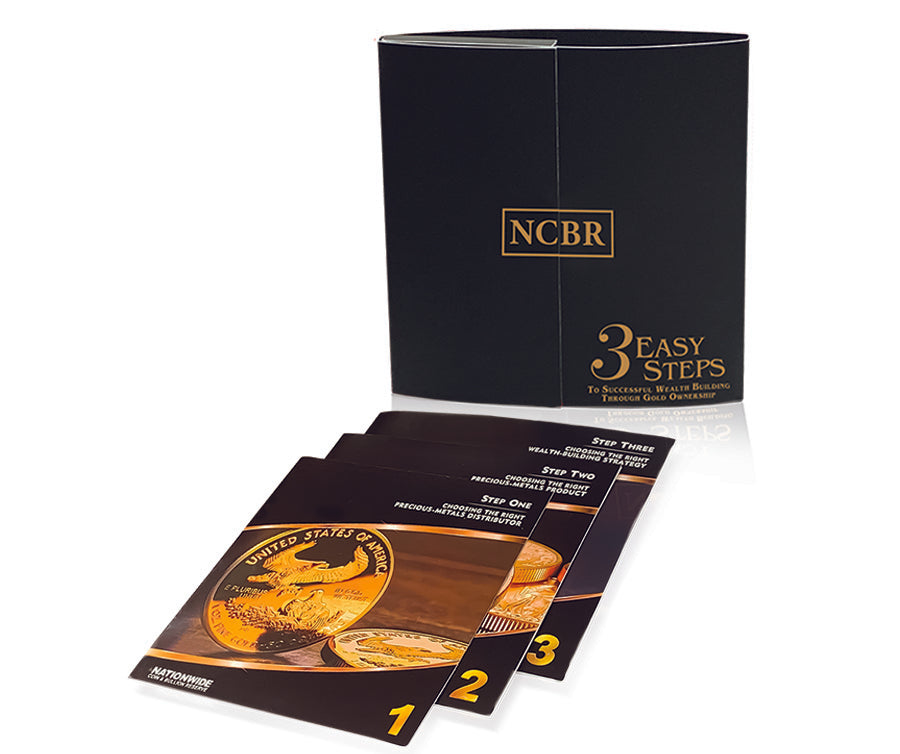In Part One of our Gold Standard series, we explored the history of gold as a currency and why it makes an optimal form of capital. But what happened when paper money became the prevalent means of buying and selling? It was at this point the Gold Standard was created. In this edition of our series, we delve into the history of the Gold Standard. What is it and what is its impact on the global economy?
WHAT IS THE GOLD STANDARD?
The Gold Standard is a monetary system where the value of a country’s paper money is based on its worth in gold. A country that is using the Gold Standard system converts paper money into a certain amount of gold to determine its value. For example, for 100 years in the United States, gold had been worth $20.67 per ounce, until the Great Depression. So for every $20, one had the backing of an ounce in gold. This system was used around the world, giving paper currency a stable, guaranteed value.
THE INTRODUCTION OF THE GOLD STANDARD
In 1861, the U.S. Treasurer Secretary Salmon Chase printed the first paper money in the country, creating the need for standardizing the unstable currency. In response, The Gold Standard Act was created, making gold the only way of redeeming paper currency, but the Gold Standard was not only being adopted by the United States. By 1900, the majority of nations were using the Gold Standard, making it a pinnacle of the global economy.
During the time of the Gold Standard, there was a period of political consistency in the world, thus creating a thriving global economy in which countries were enjoying trading with the backing of valuable metals. The U.S. even created the Federal Reserve to continue to maintain gold and currency values. It wasn’t until the first World War that the Gold Standard was threatened by an economical crisis.
After the war, countries tried to go back to using the Gold Standard, but the damage was done. During the war, European countries were printing money to keep up with military demand, thus causing hyperinflation. This created serious economic issues, especially in Germany, which was also saddled with war reparations, plummeting them into extreme debt. The U.S. would also struggle with similar issues. With the Great Depression looming, the Gold Standard would eventually lose its place as the method in the U.S. for valuing currency.
THE DECLINE OF THE GOLD STANDARD
As the world was trying to recover from the war, the growing economic problems just got worse. When the stock market crashed in 1929, the Gold Standard was decimated. Investors frantically started trading in their currency and commodities for something stable: gold. This caused a stockpile of gold by citizens causing the Federal Reserve to respond with increasing interest rates. They wanted to increase the value of the dollar so citizens would be dissuaded into exchanging their currency for gold. Instead of fixing the issue, this act by the Federal Reserve worsened the Great Depression. At this point, doing business in the U.S. became so costly that companies went bankrupt, causing unemployment rates to skyrocket to a jarring twenty-five percent in 1933.
That year, Franklin D. Roosevelt became president at the height of the Great Depression. So, he quickly responded to the collapsing dollar by disallowing anyone to exchange their dollars for gold through the Emergency Banking Act. When the Great Depression ended in 1939, the U.S. could now return to a modified Gold Standard, but this did not strengthen the presence of the Gold Standard. Instead, countries abandoned the Gold Standard all together.
THE FUTURE OF THE GOLD STANDARD
In the U.S. in 1971, any remaining remnants of the Gold Standard were done away with in favor of the fiat system. The fiat system is now the standard across the globe. A fiat system is also a monetary system for valuing currency, but instead of valuing it against gold or a physical commodity, currency is valued against other foreign currency. This allows fiat currency to be dynamically valued or devalued as the global market changes. Essentially, a fiat currency gets its value from an arbitrary government decree.
The fiat system can induce discontent since it is not based in a stable, physical commodity, especially if the U.S. ever experiences another severe financial crisis. For this reason, people still see gold as a good investment and choose to buy gold and other precious metals. Gold is also still used by banks as a backing for loans and as a general indicator of good economic health. The U.S. has had a long relationship with gold, that will continue, even in a modern, complex financial world.
If you want to learn more, our Resource Center has a wealth of information on gold and its history. If you’re interested in adding gold to your collection, browse our gold options! Have questions? Our experts are always standing by.
Real Time Precious Metals Data Below







